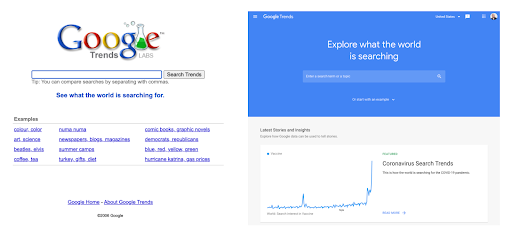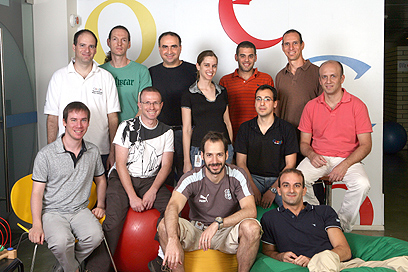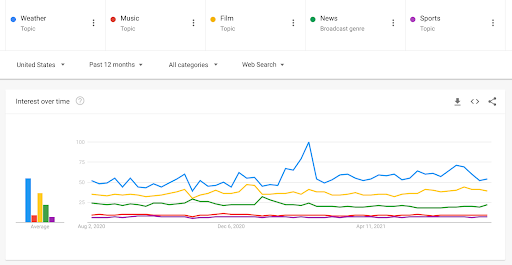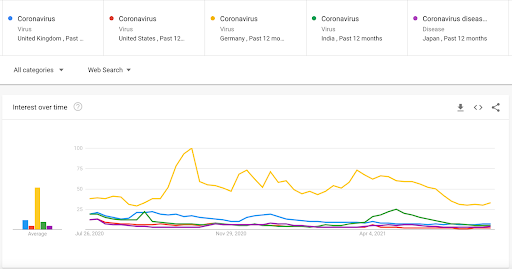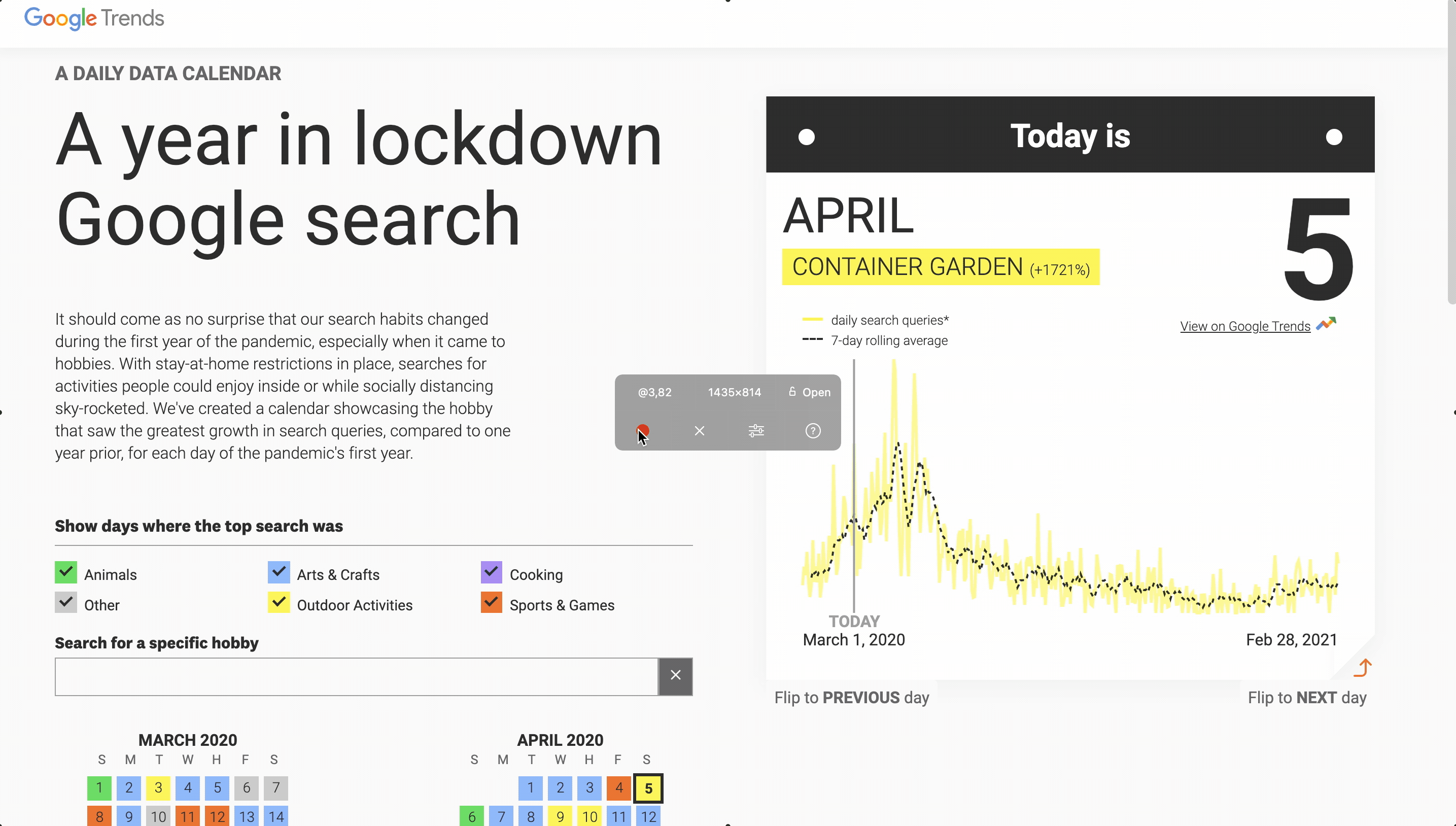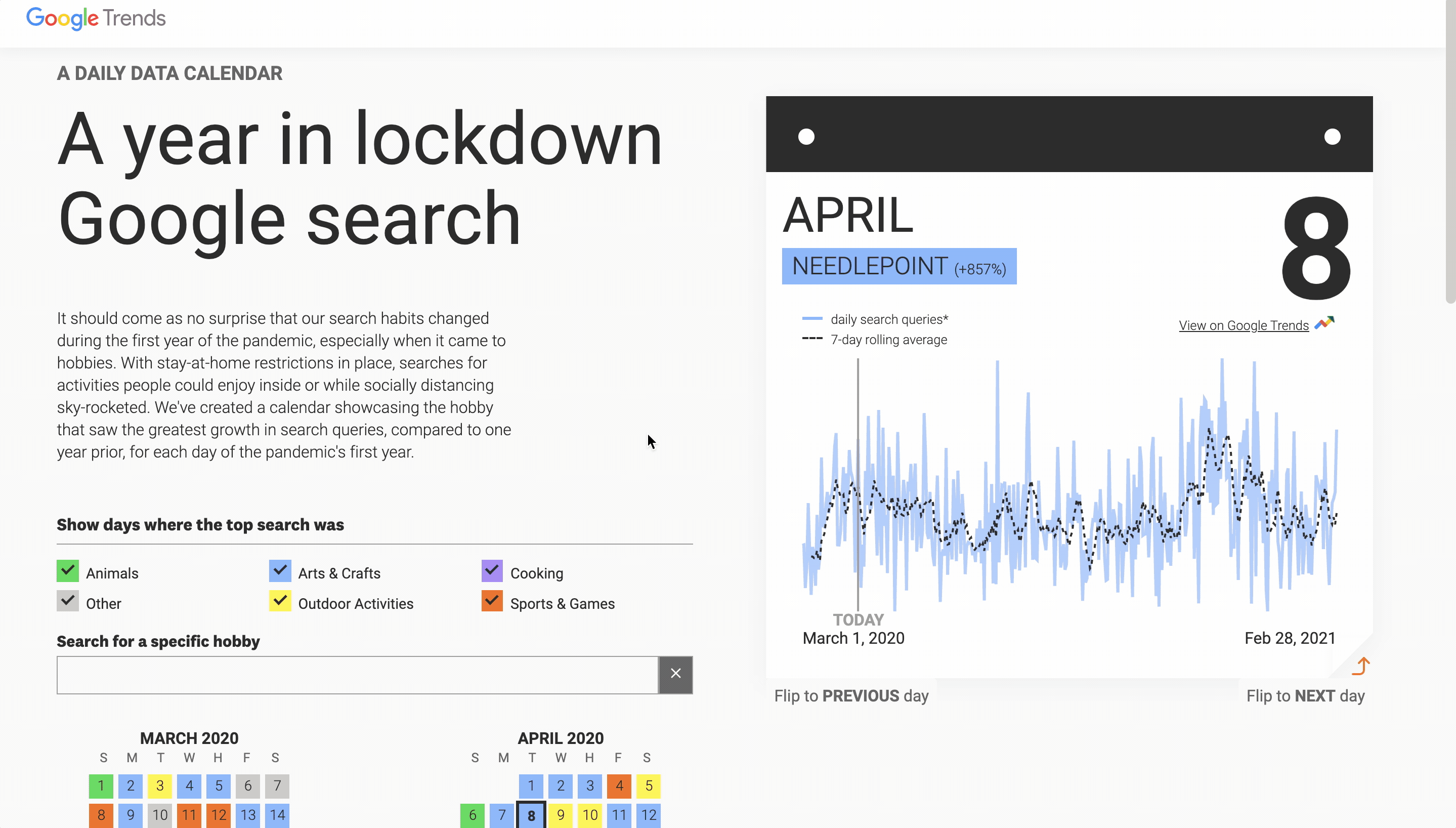Simon: Do you remember what launching it was like? What were the reactions like?
Yossi: Since the full public launch of Google Trends was one of the first led by the Israel team — it felt like it really set a tone for what we would go on to do. I just remember it was exciting to be a part of this huge opportunity for learning and sharing about what people were interested in at large and small scales. I also remember being excited to see how Google Trends could be used to identify trends early — before they were huge, or how it could be used to predict what could happen as a result of something like a health outbreak or economic event.
Simon: How have you seen this tool change? Were there any updates that stick out to you?
Yossi:As Google Search has evolved, so has Google Trends, starting with daily trends and the ability to organize data into categories. We’ve also added more languages, better visualizations and expanded trends to include new ways of searching, such as Image Search and videos.
When Search started adapting to the semantic meaning of queries with our Knowledge Graph, Google Trends also brought entities to the tool so that Trends better reflects what people are interested in, regardless of the exact wording they used when searching. And as Search became fresher and more real-time, so did Trends — gaining insights on what’s trending “right now,” from sporting events to natural disasters. Google Trends often reflect real-world phenomena in real-time and it’s become a basis for “nowcasting,” or predicting the present, for trends in economics, health and social sciences. Since its inception, we’ve seen Google Trends inform numerous papers across many research disciplines.
Yossi: One thing I’m interested to hear from you is how you think journalists and researchers can best use Google Trends?
Simon:The great thing about Trends is it’s the only tool out there that can give you both a real-time sense of what people actually care about as well as a view of how those trends have shifted over time. We’ve seen journalists use Trends to generate stories and to see what people want to know about the news to really compliment existing coverage.
Yossi: I have to imagine working on Trends in 2020 was an unusual experience…
Simon: It was an unforgettable year— but also one where Trends really felt like it helped us understand the complex emotions and events we all went through. Health searches showed exactly what people were worried about as a result of the pandemic. And we also experienced the most-searched U.S. election in Google history, plus huge demonstrations around racial equity, which also showed up in Search. There was anxiety and insecurity around unemployment — which was searched at an all-time high. At the same time, we saw these really human searches around how to make things or how to help others.
Yossi: Why do you still like working on Trends? What does it tell us about the world?
Simon: It’s such a unique tool. It’s the world’s largest free-to-use dataset of its kind; it’s incredibly honest and reveals what people as a group really care about. There’s nothing like it.
 A special edition of our Year in Search film highlights the most searched people, places and things of all time.
A special edition of our Year in Search film highlights the most searched people, places and things of all time.
 A special edition of our Year in Search film highlights the most searched people, places and things of all time.
A special edition of our Year in Search film highlights the most searched people, places and things of all time.
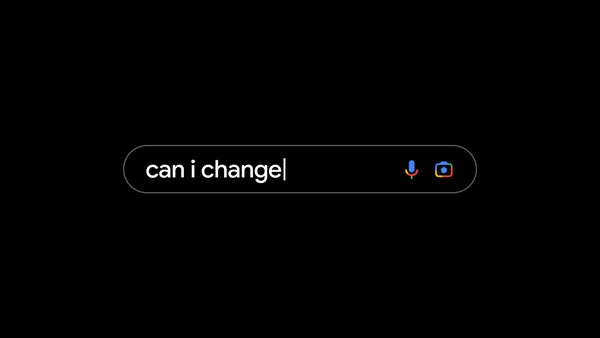 Watch our 2022 Year in Search video and learn more about the year’s trending searches.
Watch our 2022 Year in Search video and learn more about the year’s trending searches.
 Join us in looking back at the moments and trends that defined 2022 with Year in Search.
Join us in looking back at the moments and trends that defined 2022 with Year in Search.
